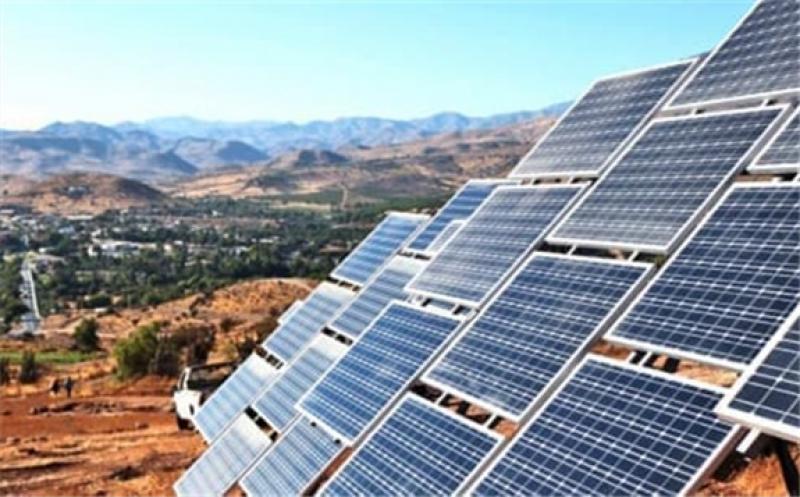Wind and solar power will dominate the electricity generation additions across the United States in 2020, accounting for an overwhelming 76 percent of all new capacity set to begin commercial operation this year, the U.S. Energy Information Administration (EIA) said on Tuesday.

Wind will be the main source of new capacity additions, followed by solar and natural gas, according to EIA’s latest inventory of electric generators. New wind capacity additions will account for 44 percent of all U.S. electric capacity additions in 2020. Solar power will account for 32 percent of additions and natural gas additions will represent 22 percent of all new U.S. capacity. The remaining 2 percent will come from hydroelectric generators and battery storage, EIA’s estimates show.
Due to the expiration of the U.S. production tax credit (PTC) at end-2020, wind power developers are rushing to install more wind capacity this year before the tax credit expires. The phase-out of the tax credit extension also pushed up wind power installations last year, which the EIA estimates at 11.8 gigawatts (GW).
This year, new wind power capacity of 18.5 GW is set to come online, setting a record as it will beat the previous record of 13.2 GW new wind capacity set in 2012.
In solar power, the new additions are also set to break the previous record, as 13.5 GW of solar capacity is expected to come online this year, easily beating the previous record addition of 8 GW in 2016. More than half of the utility-scale electric power sector solar photovoltaic (PV) capacity additions will be in four states—Texas, California, Florida, and South Carolina.
Coal will lead the capacity retirements this year, as it did last year, when for one month, April, renewables held a larger share than coal in U.S. monthly electricity generation, for the first time ever.
In 2020, a total of 51 percent of scheduled capacity retirements will be coal-fired, followed by natural gas with 33 percent and nuclear with 14 percent, EIA’s data shows.